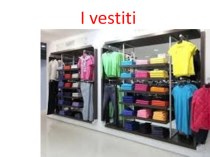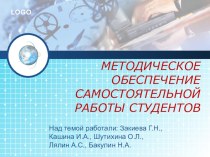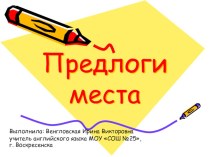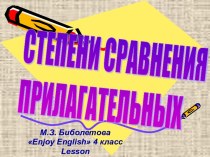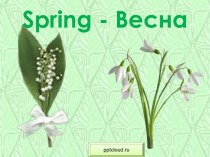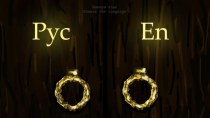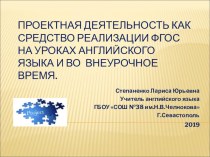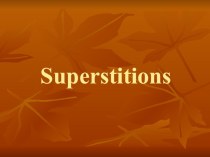- Главная
- Разное
- Бизнес и предпринимательство
- Образование
- Развлечения
- Государство
- Спорт
- Графика
- Культурология
- Еда и кулинария
- Лингвистика
- Религиоведение
- Черчение
- Физкультура
- ИЗО
- Психология
- Социология
- Английский язык
- Астрономия
- Алгебра
- Биология
- География
- Геометрия
- Детские презентации
- Информатика
- История
- Литература
- Маркетинг
- Математика
- Медицина
- Менеджмент
- Музыка
- МХК
- Немецкий язык
- ОБЖ
- Обществознание
- Окружающий мир
- Педагогика
- Русский язык
- Технология
- Физика
- Философия
- Химия
- Шаблоны, картинки для презентаций
- Экология
- Экономика
- Юриспруденция
Что такое findslide.org?
FindSlide.org - это сайт презентаций, докладов, шаблонов в формате PowerPoint.
Обратная связь
Email: Нажмите что бы посмотреть
Презентация на тему по английскому языку Древние цивилизации
Содержание
- 2. Gojoseon was an ancient Korean kingdom (not to be confused with the Joseon Dynasty)
- 3. Tangun Wang - the legendary founder of
- 4. According to the legend, the Lord of
- 6. Then a bear and a tiger came
- 8. However, about halfway through the 100 years
- 11. СultureAround 2000 BCE, a new pottery culture
- 12. Mumun potteryIn the Mumun pottery period (1500–300 BCE), plain
- 14. Rice cultivationSometime around 1200 to 900 BCE,
- 16. Bronze tools Korean bronzes contain a higher percentage
- 18. Dolmen tombsGoindol, the dolmen tombs in Korea
- 20. Iron cultureAround 300 BCE, iron technology
- 22. WimanComing from Yan, Wiman joined the Gojoseon
- 23. Wiman Joseon DynastyIn 109 BC. e. Wu-Di, a Chinese
- 24. After a year of Gojoseon war fell,
- 26. Скачать презентацию
- 27. Похожие презентации
Gojoseon was an ancient Korean kingdom (not to be confused with the Joseon Dynasty)



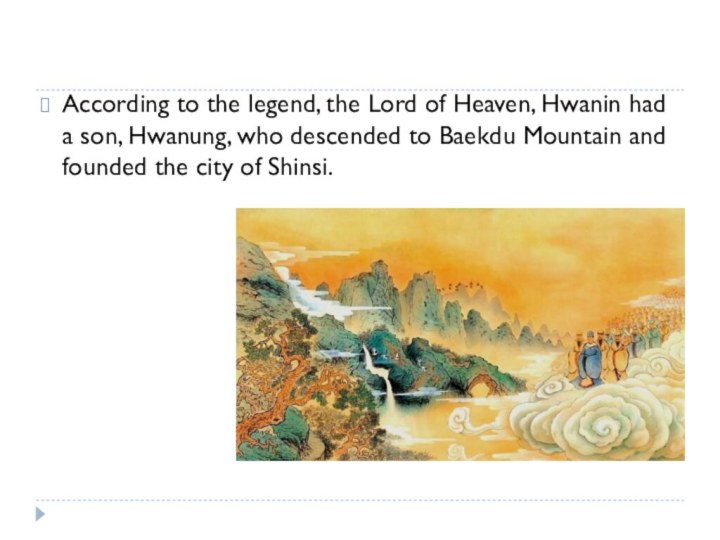

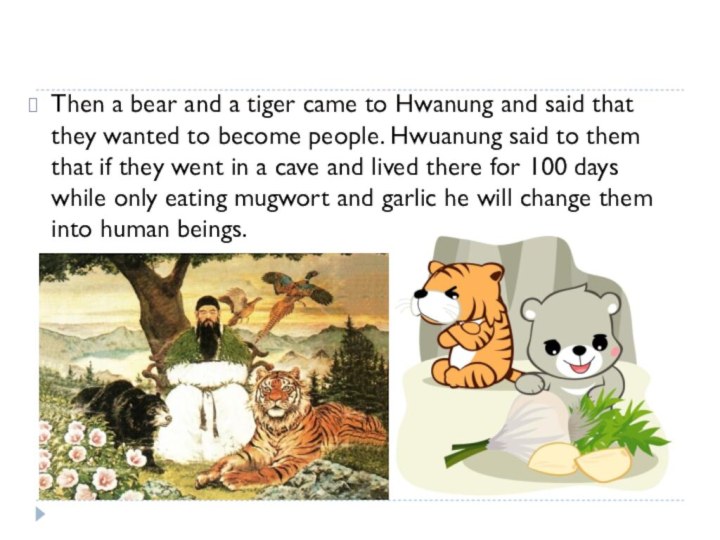
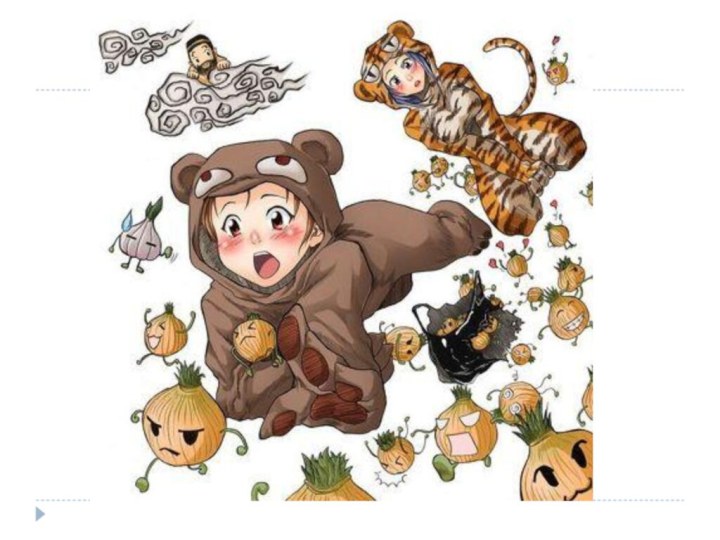
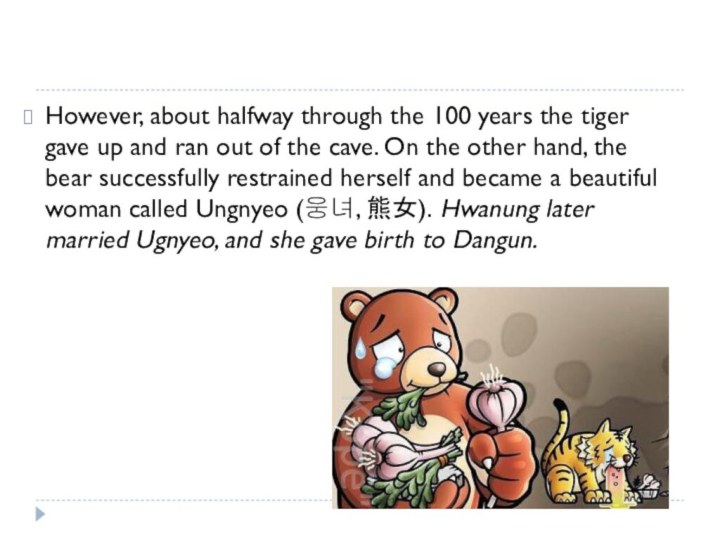


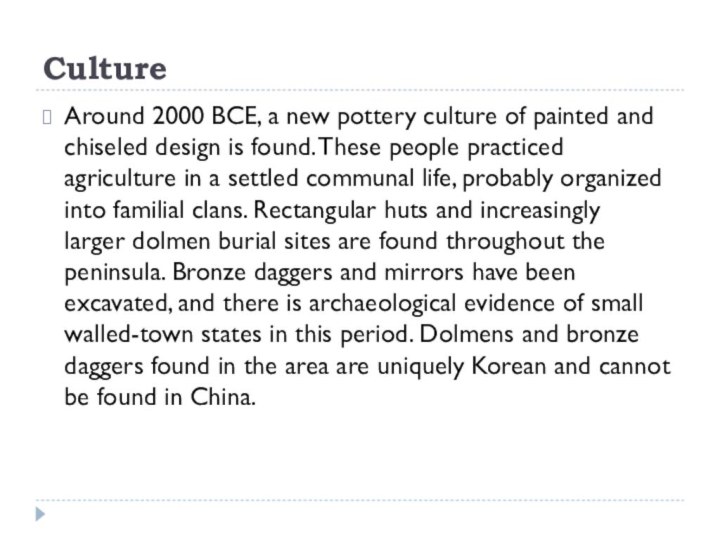



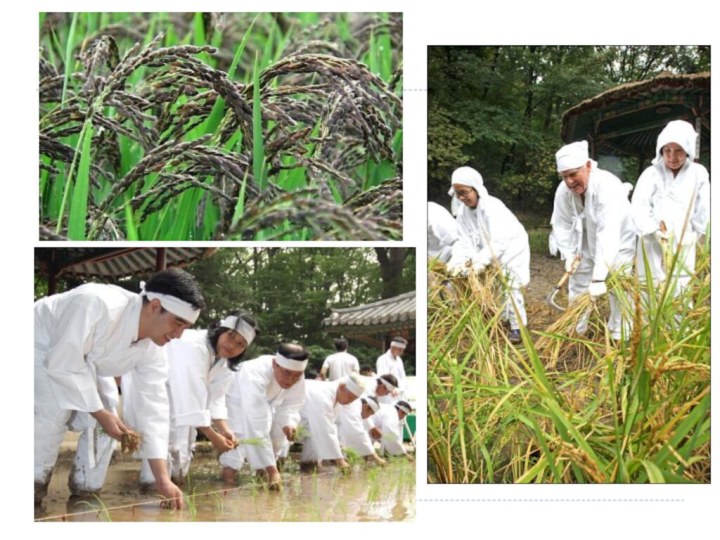

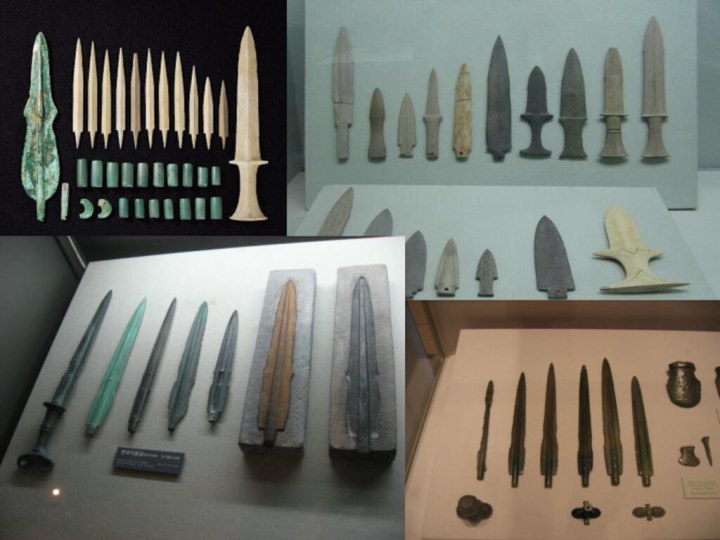


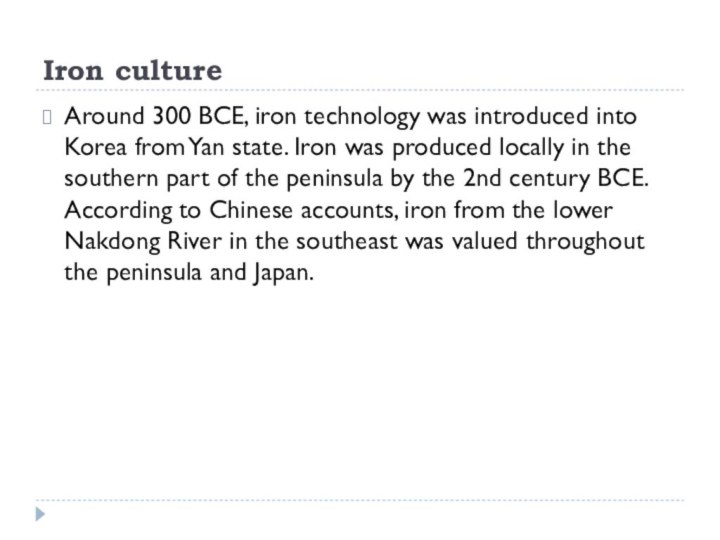

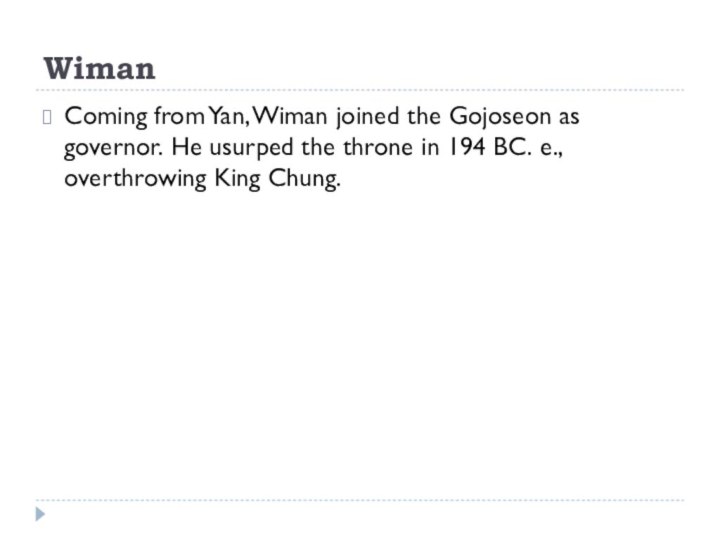


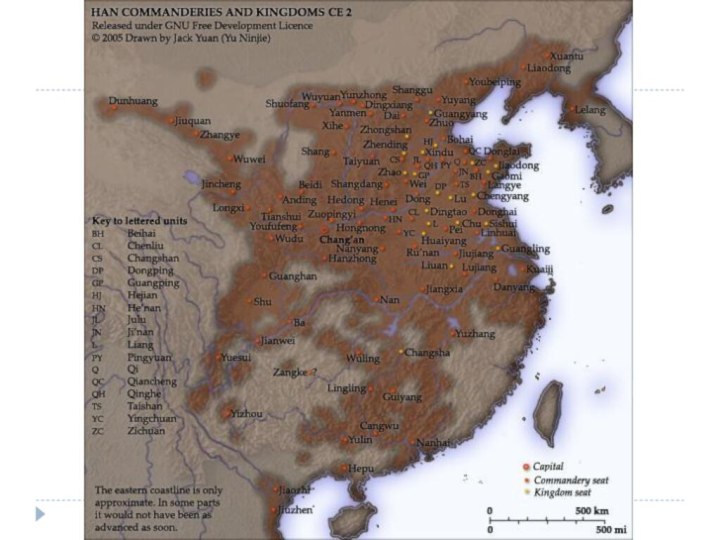
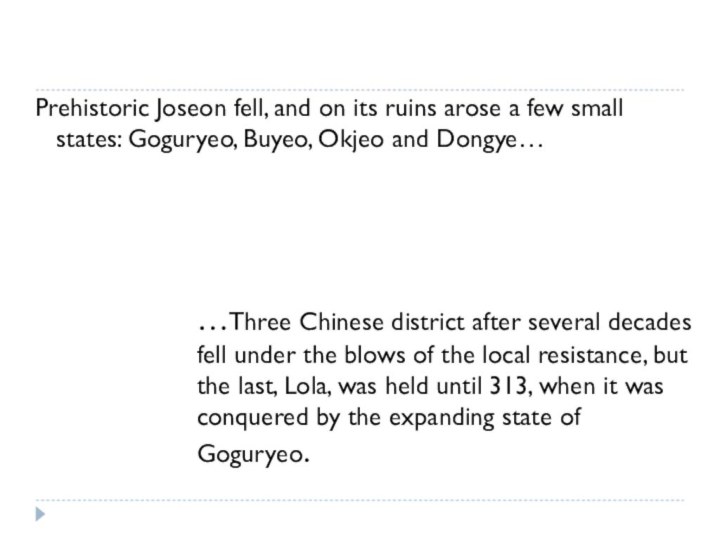
Слайд 3 Tangun Wang - the legendary founder of Gojoseon
State (Ancient Joseon), considered the first Korean state formation. In
Korean mythology, he is the grandson of the God of heavenСлайд 4 According to the legend, the Lord of Heaven,
Hwanin had a son, Hwanung, who descended to Baekdu
Mountain and founded the city of Shinsi.Слайд 6 Then a bear and a tiger came to
Hwanung and said that they wanted to become people.
Hwuanung said to them that if they went in a cave and lived there for 100 days while only eating mugwort and garlic he will change them into human beings.Слайд 8 However, about halfway through the 100 years the
tiger gave up and ran out of the cave.
On the other hand, the bear successfully restrained herself and became a beautiful woman called Ungnyeo (웅녀, 熊女). Hwanung later married Ugnyeo, and she gave birth to Dangun.
Слайд 11
Сulture
Around 2000 BCE, a new pottery culture of
painted and chiseled design is found. These people practiced
agriculture in a settled communal life, probably organized into familial clans. Rectangular huts and increasingly larger dolmen burial sites are found throughout the peninsula. Bronze daggers and mirrors have been excavated, and there is archaeological evidence of small walled-town states in this period. Dolmens and bronze daggers found in the area are uniquely Korean and cannot be found in China.
Слайд 12
Mumun pottery
In the Mumun pottery period (1500–300 BCE), plain coarse
pottery replaced earlier comb-pattern wares, possibly as a result
of the influence of new populations migrating to Korea from Manchuria and Siberia.This type of pottery typically has thicker walls and displays a wider variety of shapes, indicating improvements in kiln technology.





